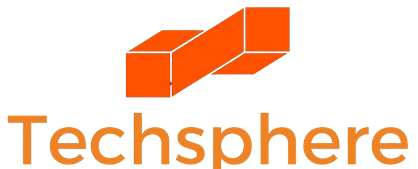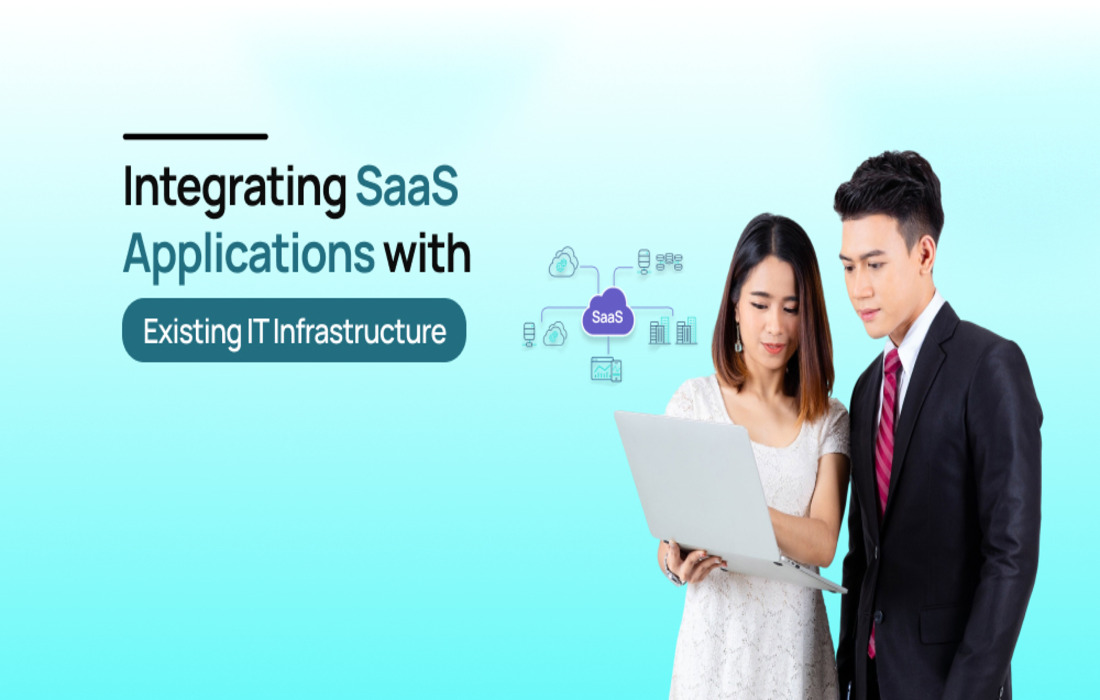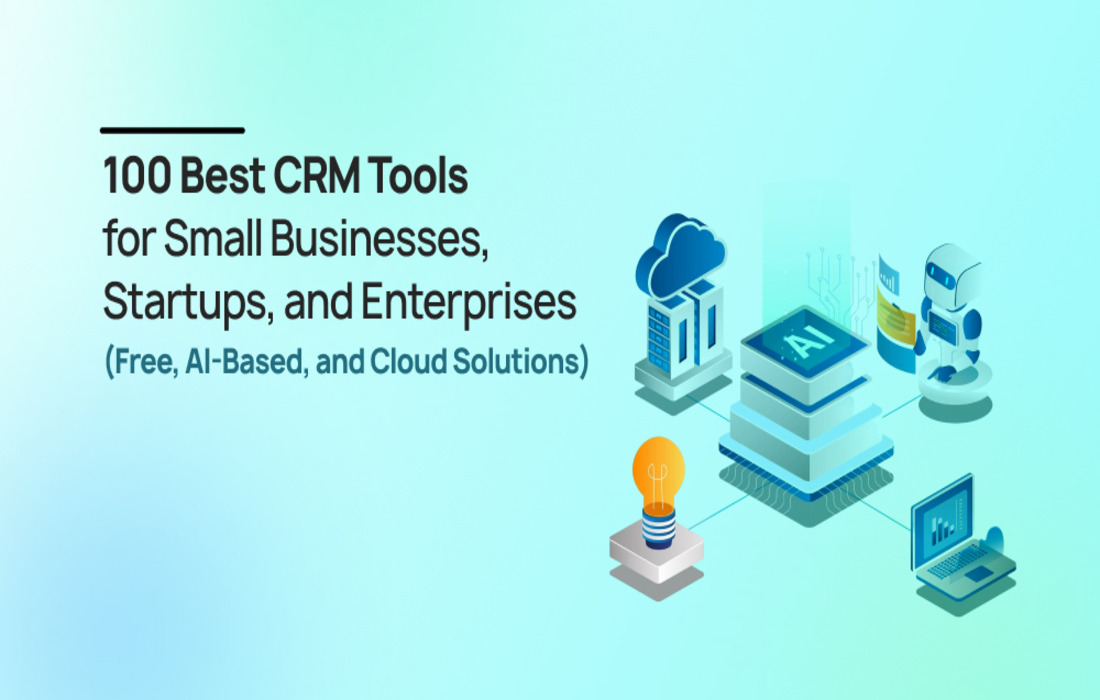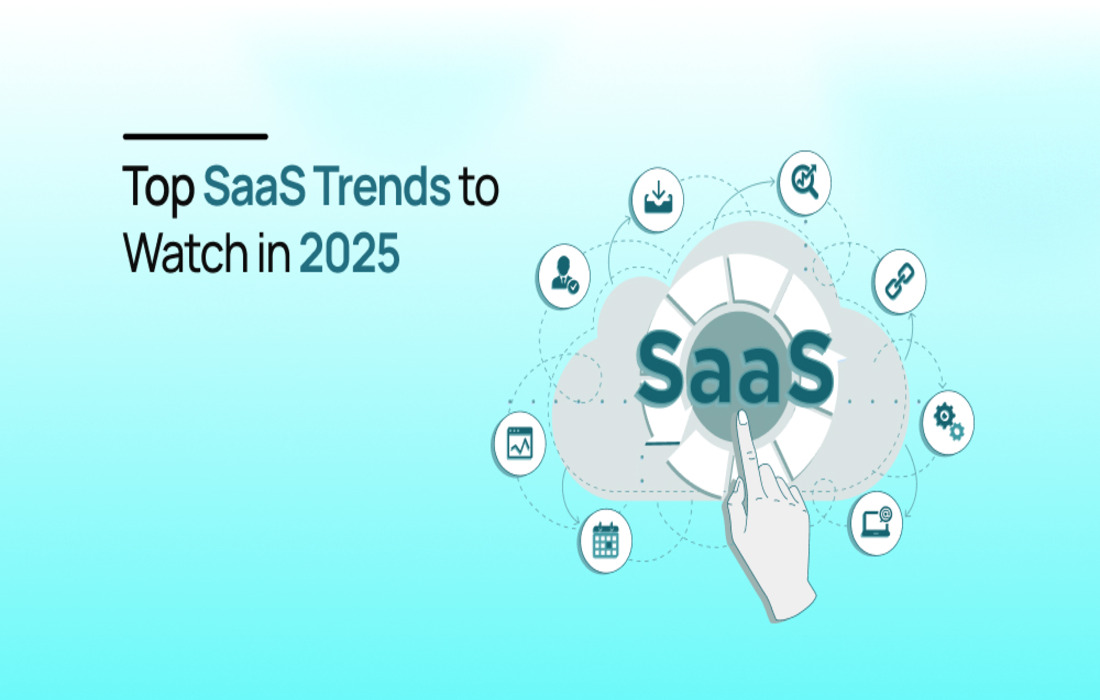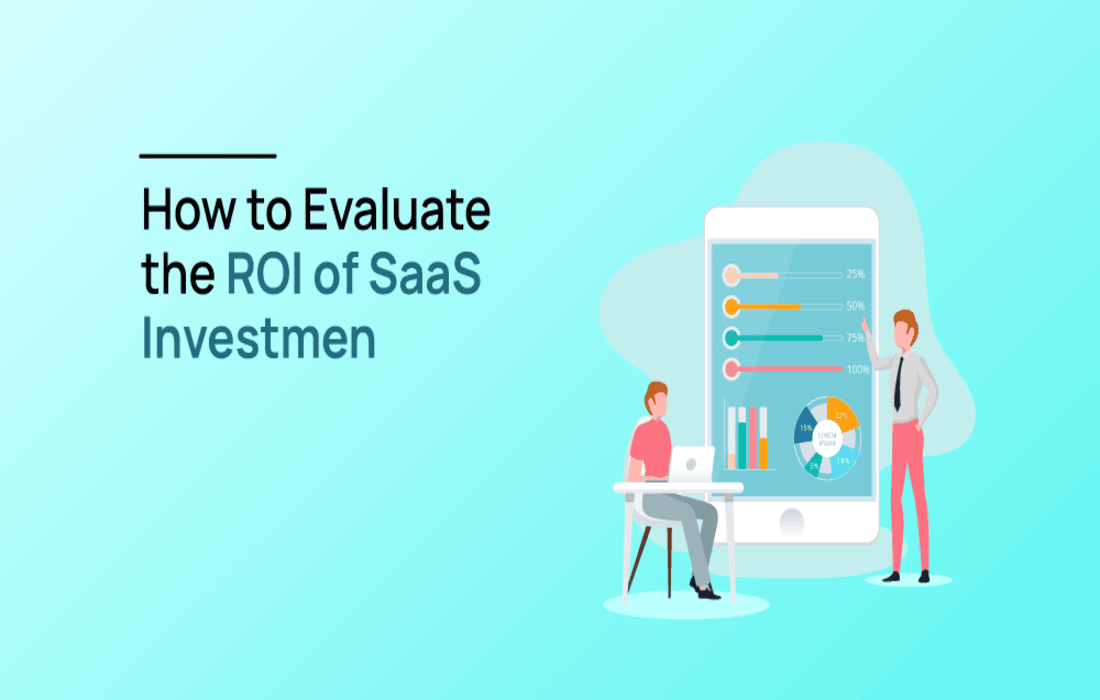As SaaS adoption continues to accelerate in 2025, organizations are increasingly tasked with integrating these cloud-based solutions into their existing IT ecosystems. While SaaS tools offer agility, scalability, and cost-efficiency, poor integration can lead to data silos, inconsistent workflows, and security vulnerabilities.
This article explores the strategies, challenges, and best practices for seamlessly integrating SaaS applications with traditional IT infrastructure—ensuring performance, security, and business alignment.
Why Integration Matters
Integrating SaaS tools with your existing IT stack ensures:
- Data consistency across departments and platforms
- Operational efficiency through automation and reduced manual work
- Improved visibility for better reporting and analytics
- Security and compliance by maintaining unified policies
According to Flexera’s 2024 State of the Cloud Report, over 89% of organizations use multi-SaaS environments, making integration a top priority for IT teams.
Common Integration Scenarios
Integration needs will vary depending on the systems and departments involved. Here are some frequent use cases:
- CRM (e.g., Salesforce) ↔ ERP (e.g., NetSuite)
- Project Management Tools (e.g., Asana) ↔ Communication Platforms (e.g., Slack)
- HR Systems (e.g., BambooHR) ↔ Payroll Software
- SaaS Apps ↔ On-premise Databases (e.g., Oracle, Microsoft SQL Server)
Key Considerations Before You Start
1. Assess Compatibility and APIs
- Does the SaaS tool offer open, RESTful APIs?
- Are SDKs or webhooks available?
- How does it support SSO and user provisioning?
2. Evaluate Integration Methods
There are multiple ways to integrate SaaS applications:
- Native Integrations: Built-in connectors (e.g., Salesforce ↔ HubSpot)
- Middleware Platforms: Tools like Zapier, Workato, MuleSoft
- Custom API Development: For unique workflows or legacy systems
- ETL/ELT Pipelines: For data sync and transformation (e.g., Fivetran, Stitch)
3. Understand Data Flow and Ownership
- Define which system is the “source of truth.”
- Clarify read/write permissions.
- Ensure compliance with GDPR, HIPAA, and other standards.
Best Practices for Seamless SaaS Integration
1. Start with a Clear Integration Strategy
- Define your business goals (e.g., automate billing, unify CRM data).
- Identify key stakeholders: IT, operations, compliance, end-users.
- Set performance and security benchmarks.
2. Standardize and Normalize Data
- Unify naming conventions, formats, and schemas.
- Map fields across systems carefully (e.g., “CustomerID” vs. “Client_ID”).
- Use a data dictionary or schema registry.
3. Use Middleware or Integration Platforms
Middleware provides a bridge between SaaS tools and your IT systems:
- Supports drag-and-drop automation
- Offers monitoring and alerting
- Reduces the need for extensive custom coding
Popular integration platforms: Zapier, Make (Integromat), Boomi, Workato, Tray.io
4. Prioritize Security and Access Control
- Use OAuth 2.0 for secure token-based access
- Implement role-based access controls (RBAC)
- Monitor logs and set up anomaly detection for integrations
5. Test Rigorously Before Full Rollout
- Create sandbox environments for integration testing
- Simulate peak loads and edge cases
- Validate data accuracy, latency, and recovery protocols
6. Monitor and Maintain Integrations Post-Deployment
- Set up alerts for failed syncs, latency spikes, or data mismatches
- Schedule regular audits
- Keep API keys, SDKs, and documentation up to date
Challenges to Watch Out For
| Challenge | Mitigation Strategy |
| Data duplication or loss | Use deduplication logic and backup plans |
| Rate limits on APIs | Implement throttling and retry logic |
| Vendor lock-in | Choose tools with open APIs and export tools |
| Changing APIs or versions | Use versioning, stay informed via changelogs |
Sample SaaS Integration Architecture
[On-Premise Database] ↔ [API Gateway] ↔ [Middleware Platform] ↔ [SaaS Tools]
↓
[Monitoring & Logging System]
- Ensure secure, encrypted communication between components
- Use API gateways or service meshes for centralized control
Future Trends in SaaS Integration
- AI-powered integration mapping: Suggesting field matches and logic
- iPaaS (Integration Platform as a Service) expansion for real-time workflows
- No-code/low-code tools empowering business users to build workflows
- Data mesh and API-first architectures for more scalable integrations
Conclusion: Make Integration a Strategic Advantage
Integrating SaaS applications with your existing IT infrastructure isn’t a one-time task—it’s a continuous process that evolves with your business needs. Done right, it boosts operational efficiency, data quality, and strategic agility.
Key Takeaways:
- Align integration plans with business goals
- Standardize data and use middleware for flexibility
- Prioritize security, testing, and ongoing monitoring
- Adapt to changes with a modular, API-first approach
Need help planning your SaaS integration roadmap? Follow our blog for expert advice, architecture examples, and real-world use cases to future-proof your cloud strategy.
When SaaS and IT work together, business flows better.
